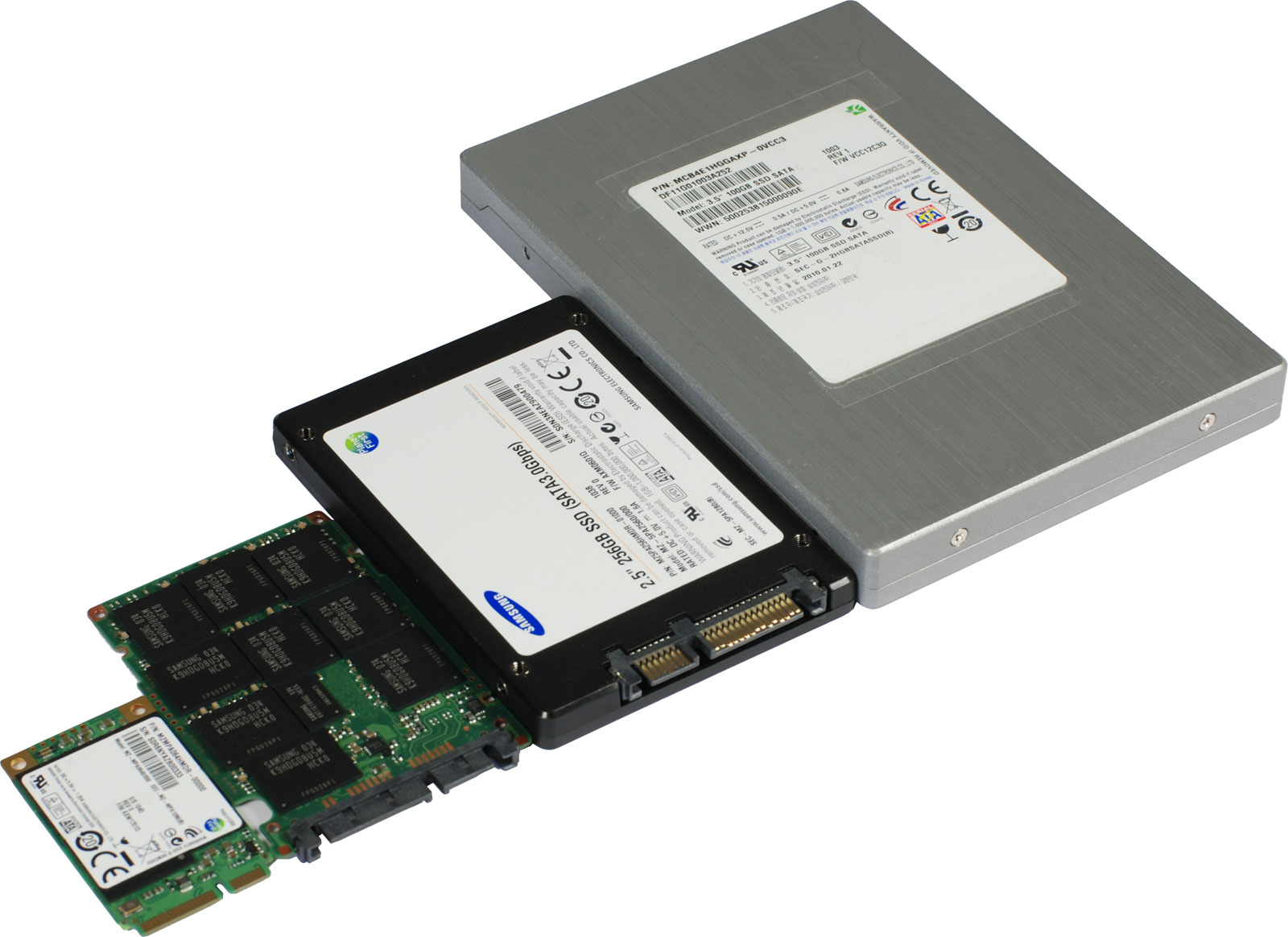Hands-On: A Second mSATA-Based SSD Emerges
When it comes to storage, the 3.5” and 2.5” form factors are most popular. But they're not always suitable for notebooks and netbooks. Samsung is the second vendor to introduce an mSATA-based SSD, after Intel demonstrated its SSD 310 earlier this year.
Form Factor Comparison
| Form Factor Comparison | mSATA | 1.8" (no housing) | 1.8" | 2.5" | 3.5" low profile | 3.5" |
|---|---|---|---|---|---|---|
| Depth | 50.95 mm | 78.5 mm | 78.5 mm | 100 mm | 146.05 mm | 146.05 mm |
| Width | 30 mm | 54 mm | 54 mm | 70 mm | 101.6 mm | 101.6 mm |
| Height | 3 mm | 3 mm | 8 mm | 9.5 mm | 15 mm | 25 mm |
| Volume | 4.6 cm² | 12.7 cm² | 33.9 cm² | 66.5 cm² | 222.6 cm² | 371.0 cm² |
The 3.5" form factor isn't really relevant in the SSD world. Everything fits so well in a 2.5" housing, and the amount of flash it'd take to fit a 3.5" enclosure would be financially prohibitive. Rather, the 2.5” form factor is most prevalent in the SSD world, and the 1.8” form factor has effectively disappeared from the desktop and notebook markets.
Disk manufacturers tell us that 1.8” hard drives make less and less sense, which is probably the reason for their disappearing act. Netbooks might have accelerated this development, as most devices utilize 2.5” hard drives for cost reasons. So, due to the high production volumes, mechanical 2.5" drives are among the cheapest available. There are also 2.5” single-platter hard drive designs that monopolize less than the typical 9.5 mm height.
However, flash storage is compact enough to require less space than even the 2.5” form factor provides. We also find an increasing number of possible scenarios in which it makes little sense to physically install a drive into a system using screws and a drive bay. As the mSATA products show, SSD storage devices can be small enough to be directly plugged onto a host motherboard.
All of this is nice for enthusiasts, who may want an SSD in addition to a hard drive to help augment performance. However, it’s also relevant in thin-and-light notebook and netbook designs where the manufacturer wants to do away with a hard drive bay entirely. Entire systems with processing cores, graphics, and I/O on a single piece of silicon will be available within two years’ time (Intel's Sandy Bridge and AMD's Llano architectures already achieve this to a limited degree), turning 2.5” storage devices into disproportionally large components. And finally, USB 3.0, Thunderbolt, and gigabit Ethernet (or 10 GbE) will make external storage more viable in the future.
Get Tom's Hardware's best news and in-depth reviews, straight to your inbox.
Current page: Form Factor Comparison
Prev Page Another mSATA Example: Samsung MZMPA064 Next Page System Example: Samsung Series 9 Notebook